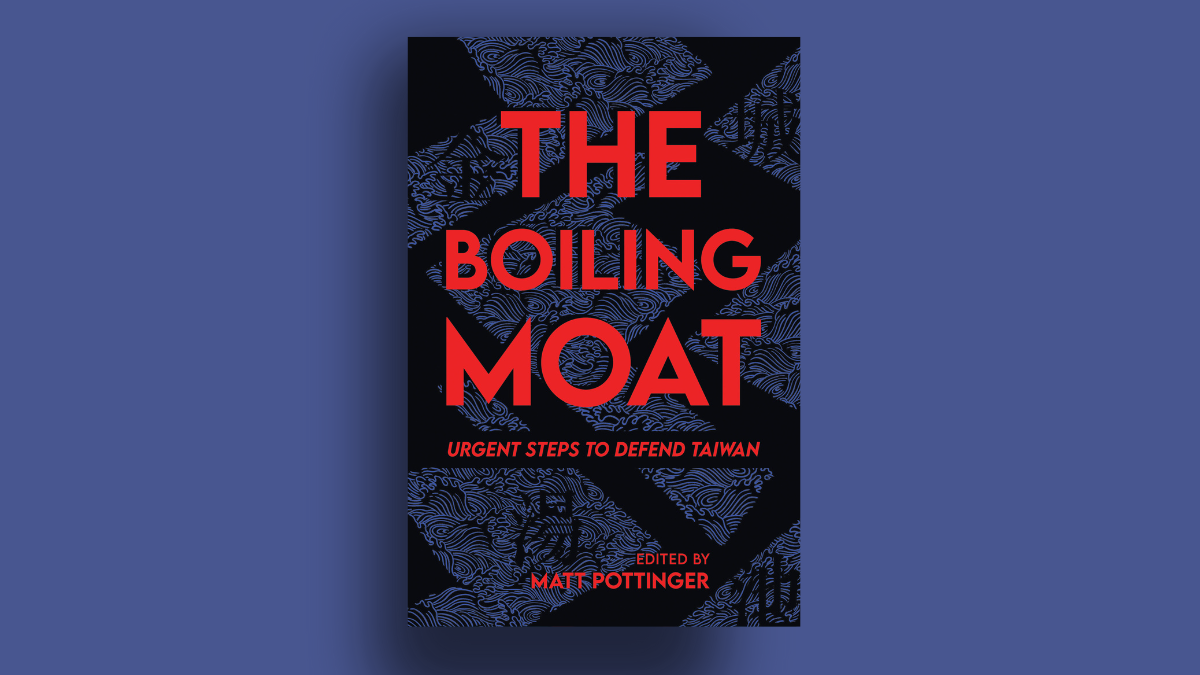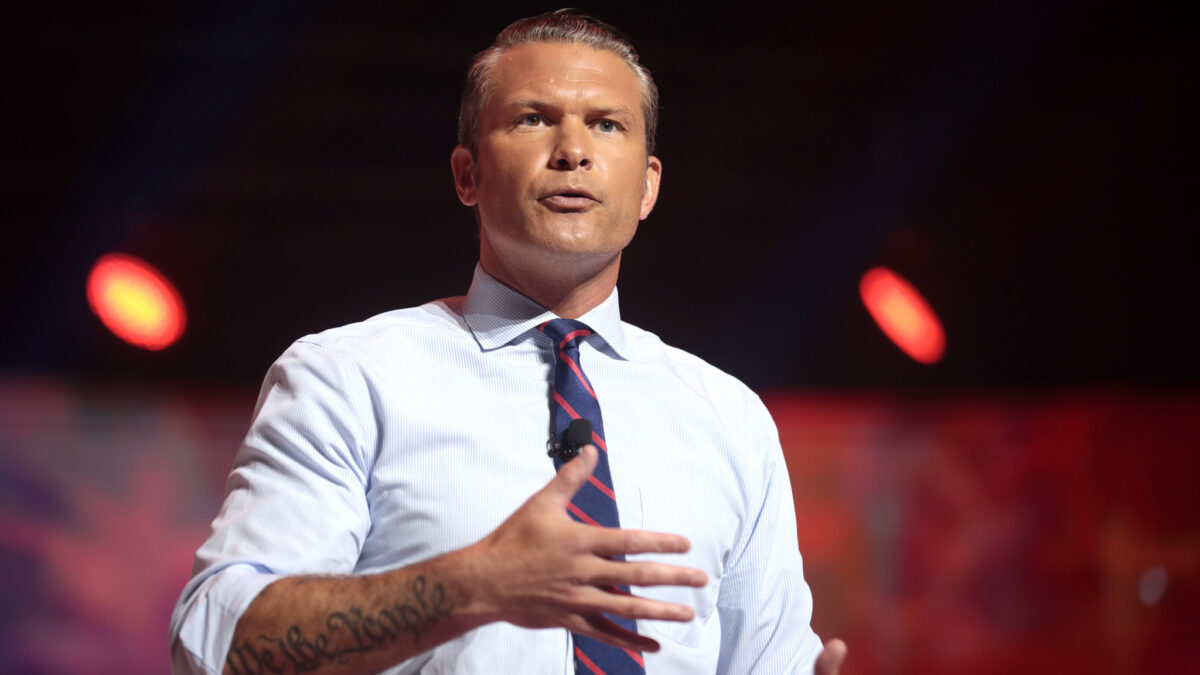
One in every two transgender adolescents who are female but identify as male has attempted suicide in the past year, according to a new study. The study, “Transgender Adolescent Suicide Behavior,” was published in Pediatrics, the official peer-reviewed journal of the American Academy of Pediatrics.
The study raises serious questions about how families, schools, doctors, government, and the media should grapple with the increasing number of children and teens who label themselves transgender. In addition to the alarmingly high rate of suicide attempts among transgender girls, the study reported an attempted-suicide rate of more than 40 percent for adolescents who call themselves “gender nonconforming” (neither exclusively male nor female), and nearly 30 percent for transgender male teens.
Researchers said they did not find any evidence that non-Caucasian transgender youth were at a higher risk compared with white transgender adolescents. Higher levels of education among parents and geographical location—urban or rural—did not have a significant effect on suicide attempts either.
To arrive at the results, three researchers from the University of Arizona analyzed a survey filled out by more than 120,000 young Americans between the ages of 11 and 19. By comparison, they found that 14 percent of all teenagers had attempted suicide at least once. According to the Centers for Disease Control and Prevention, suicide is the second leading cause of death among adolescents and young adults ages 10 to 34 in the U.S.
The study’s leading author, Russell B. Toomey, PhD, focuses his work on youth who identify as lesbian, gay, bisexual, transgender, or what they call queer—meaning that any attempts to discredit the research as “anti-LGBTQ” will likely fall flat. Toomey describes his research in his bio:
Largely, my research has examined these relationships with explicit attention to the minority-specific stressors of prejudice, stereotyping, and discrimination that contribute to the disparate rates of negative outcomes experienced by sexual and gender diverse adolescents and Latinx youth, and the protective factors (e.g., family support, acceptance) that buffer these associations.
“Latinx” is a term some use instead of “Latino” or “Latina” in an attempt to circumvent Spanish’s gendered noun system.
The new study comes on the heels of another alarming and controversial one examining the contagious nature of transgender ideology. That study, published in the journal PLOS One by Brown University’s Lisa Littman, looked at “rapid-onset gender dysphoria”—that is, gender dysphoria not present in early youth that manifested within days or weeks in teens and young adults.
Littman found that exposure to peers who identified as transgender, and transgender-positive content online, may contribute to rapid-onset gender dysphoria. She also found that online transgender hubs instruct youth to threaten suicide when they come out as transgender if they don’t get sex-change drugs and other mutilating treatments.
Littman’s study suggests rapid-onset transgenderism could be social contagion. Research has also found that suicide is socially contagious—people who know a person who commits suicide are more likely themselves to do or attempt the same.
Within days, Brown University pulled down an article promoting Littman’s study. The university said it removed the article to conduct an academic review, but it’s clear the decision had more to do with political correctness and uncomfortable results. Unlike “Transgender Adolescent Suicide Behavior,” Littman’s study wasn’t peer-reviewed. Littman concluded that her study “raises questions for more research.”
The study by Toomey and fellow University of Arizona researchers Amy K. Syvertsen and Maura Shramko provides further evidence that research institutions should encourage more studies in this area, not shut them down. At this point, we don’t just know that lives are at stake—we know how many lives are at stake.
Those numbers deserve repeating: One in two biological girls who call themselves boys tried to kill themselves in the past year. Two in five gender-nonconforming adolescents tried to kill themselves. And three in 10 biological boys who identify as girls tried to kill themselves.
In discussing these results, Toomey described an “urgent need to understand why transgender, female to male, and nonbinary adolescents report engaging in suicide behavior at higher levels than other adolescent transgender populations.” He’s right. But that’s just the first of many questions this study begs to be answered, and there’s no excuse not to ask.
You can’t be an ally of the transgender movement and reject this research. You can challenge it. You can debate it. You can encourage more of it. But you can’t suppress it. Doing so is harmful to the cause you claim to defend.
Every day, more and more children and teens are identifying as transgender. The Atlantic captured this reality well:
In June 2016, the Williams Institute at the UCLA School of Law estimated that 1.4 million adults in the U.S. identify as transgender, a near-doubling of an estimate from about a decade earlier. As of 2017, according to the institute, about 150,000 teenagers ages 13 to 17 identified as trans. The number of young people seeking clinical services appears to be growing as well. A major clinic in the United Kingdom saw a more than 300 percent increase in new referrals over the past three years.
With more teens identifying as transgender, and attempted-suicide rates for this group between 30 and 51 percent, this has become a national epidemic. The time for political correctness has passed.
Families, schools, doctors, government, and the media have an obligation to figure out how to differentiate between celebrating differences and encouraging dangerous behavior. That’s because if being transgender poses such a grave risk to adolescent lives, it’s hard to understand why any sane society would embrace it.









